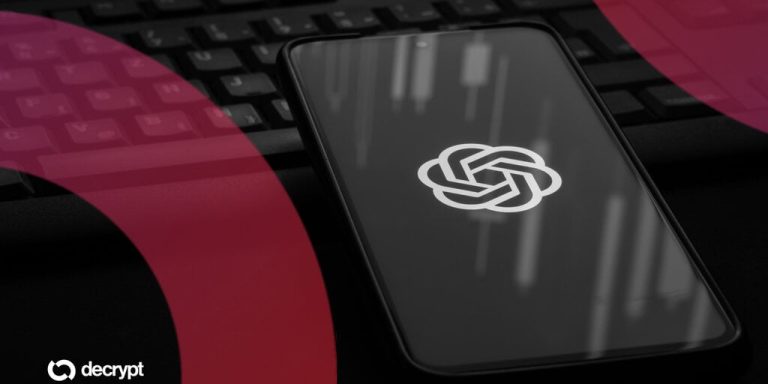
The Devastating Hack That Shook Lykke Exchange
The cryptocurrency world has been rocked by yet another high-profile heist. Lykke, a UK-registered crypto exchange, has permanently shut its doors following the theft of $22.8 million. British authorities have attributed this large-scale cyberattack to North Korea’s infamous Lazarus Group, a group known for orchestrating some of the world’s most significant crypto thefts.
Background of Lykke’s Collapse
Founded in 2015 by Richard Olsen, Lykke quickly became a reputable platform in the crypto trading space. Operating from Switzerland’s “Crypto Valley” in Zug while holding a UK registration, the exchange adopted a zero-fee trading model that attracted thousands of retail investors.
Despite its innovative approach, Lykke faced scrutiny from regulators. In 2023, the UK Financial Conduct Authority (FCA) issued warnings about the exchange, citing its lack of registration and authorization to operate financial services within the UK. These concerns culminated in disaster following the Lazarus-led hacking incident, forcing the platform to cease operations entirely by December 2023.
The Unraveling: Legal Fallout and Liquidation
More than 70 customers, who claim combined losses of £5.7 million, filed a winding-up petition in UK courts. This led to a court-ordered liquidation in March 2025, with Interpath Advisory overseeing asset distribution. Unfortunately, the prospects of fully recovering lost funds remain slim, leaving customers devastated.
In addition, Lykke’s Swiss parent company entered liquidation in 2024 as founder Richard Olsen was declared bankrupt and now faces an ongoing criminal investigation in Switzerland. To date, Olsen has not publicly commented on the matter.
The Lazarus Group Connection
The UK’s Office of Financial Sanctions Implementation and Israeli crypto analysts at Whitestream have linked the $22.8 million theft to the Lazarus Group. Known for exploiting vulnerabilities in cryptocurrency exchanges, the group allegedly laundered the stolen funds via mixers and unregulated exchanges that obscure transaction histories.
While some researchers question whether sufficient evidence exists to tie this specific raid to Lazarus, the group’s tactics align with those observed in other global crypto heists. Researchers have long reported that North Korea uses stolen cryptocurrency to fund weapons programs and evade economic sanctions — making Lykke’s collapse part of a broader geopolitical and financial threat.
Risks for the Crypto Industry
The Lykke incident underscores the persistent vulnerabilities in crypto trading platforms despite advancements in security measures. As bad actors, including state-backed groups, continue targeting digital asset exchanges, it is essential for users and companies alike to prioritize robust security protocols.
Investors should also consider using tools like cold wallets, two-factor authentication (2FA), and platforms known for strong regulatory compliance to mitigate risks. One useful product example is the Ledger Nano X hardware wallet, a reliable option for keeping assets safe offline.
The Road to Recovery
As investigations into the Lazarus-attributed hack continue, the broader crypto industry watches closely. The case serves as a stark reminder of the evolving nature of cybercrime and the urgent need for improved exchange security standards. Unfortunately, customers caught in Lykke’s collapse remain in financial turmoil, awaiting resolution through the liquidation process.
Stay informed and ensure your digital assets are secure — the Lykke hack is a lesson in vigilance for all crypto enthusiasts.



